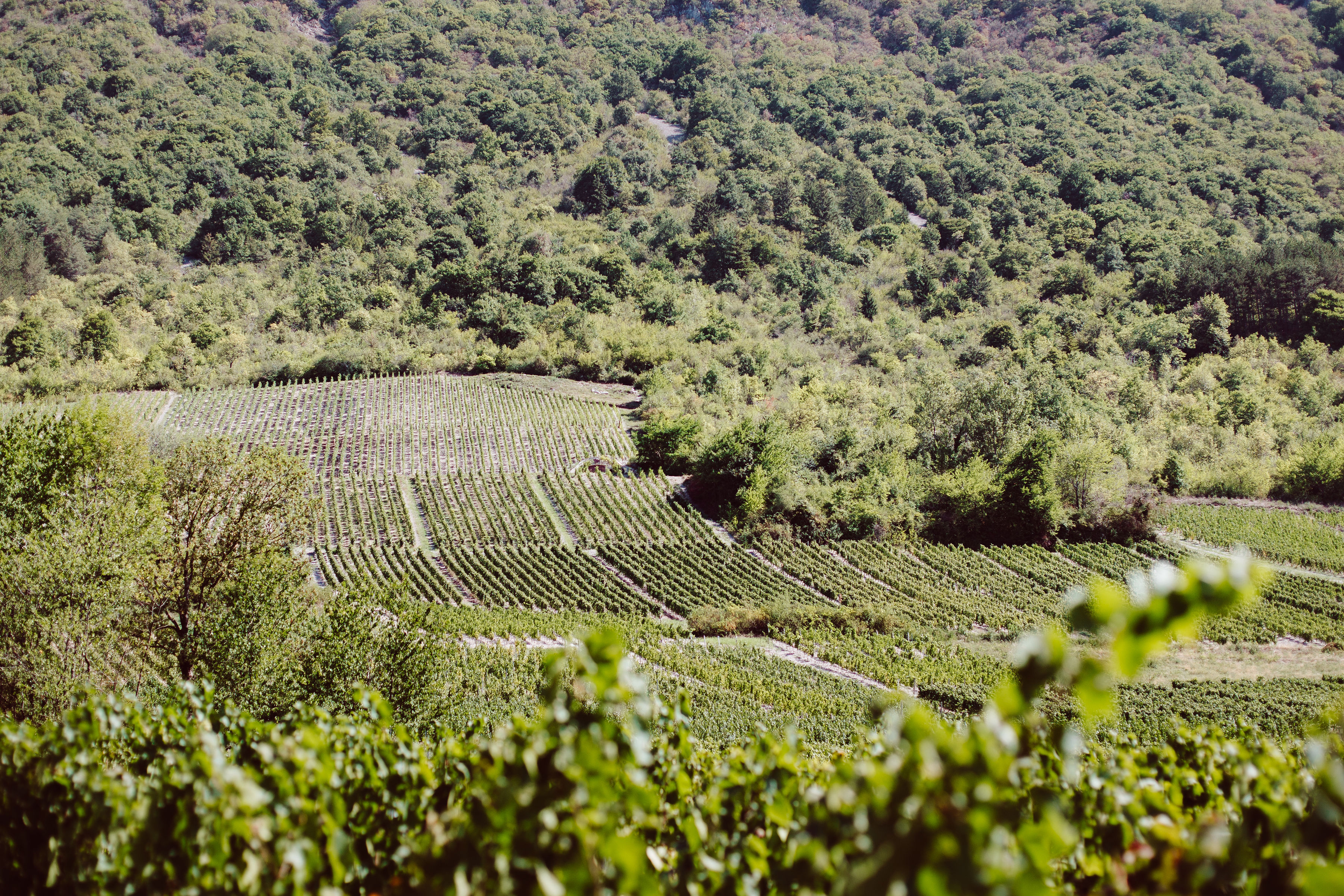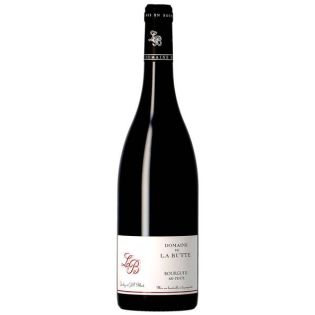Bourgueil PDO
Bourgueil (Loire): aromatic red wines and confidential rosés
In the west of the Touraine vineyards, in the heart of the Loire Valley, the Bourgueil appellation offers renowned red wines in which the region's flagship grape variety, Cabernet Franc, is fully expressed. It is also the grape variety that drives the famous neighbouring appellations of Chinon and Saint-Nicolas-de-Bourgueil. Between Tours and Saumur, not far from Azay-le-Rideau, Bourgueil and the 6 other communes of Indre-et-Loire authorised by the AOC produce almost exclusively AOC red wines. A tiny part of the production is devoted to rosé wines, which are as confidential as they are sought-after.
General presentation of Bourgueil
Between Tours and Angers, the Bourgueil AOC has about 1,400 hectares of vines. On the right bank of the Loire, they face the prestigious Chinon appellation, which also makes full use of the Cabernet Franc grape variety, known locally as "Breton". The Bourgueil vineyard adjoins that of Saint-Nicolas-de-Bourgueil, with which it is regularly confused. Even if these appellations are close to each other and share part of their name, their respective red wines are very different from each other, notably because of the nature of the soils.
The wines of the Bourgueil appellation owe their personality to the soil in which they were born. There are gravel wines, also known as "de graves", and tuffeau or tuff wines. The former come from low terraces close to the Loire, made up of sand, clay and pebbles. The majority of these gravel wines are characterised by their suppleness, their aromatic and fruity side and their good ageing potential. The second type of wine comes from the tuffeau slopes. This type of soil produces structured, full-bodied and tannic wines with great aromatic complexity and a high ageing potential.
Like the soils, the grape variety is very important in defining the identity of the Bourgueil AOC wine. Here, as elsewhere in Touraine, Cabernet Franc is king. Up to 10% Cabernet Sauvignon is also allowed.
Characteristics of Bourgueil
Bourgueil AOC red wines have a purple colour, reminiscent of cherry or garnet. Brilliant and bright, it can take on amber tints with time. These wines are always very aromatic, but their profile differs according to the soil in which they were born: gravel or tufa.
In their youth, gravelly wines have a taste for red fruits such as morello cherry and strawberry. With time, this gourmet palette is enhanced by cherry, liquorice and spices. Supple, light and fruity, these Bourgueil AOC wines can be kept for about 2 to 5 years.
Tuff wines are marked by animal notes reminiscent of fur and leather, as well as aromas of roasting and cocoa. They can be slightly smoky or spicy. Their palate is dense and fleshy. These wines are complex, tannic and always structured. They offer excellent ageing potential. On average, a Bourgueil AOC wine will age for 3 to 10 years. Some of these best wines can be kept for over a century.
They represent a very small part of the production, but the rosé wines of the Bourgueil appellation deserve to be known. Fresh and intense, they are distinguished by their deep pink colour and their delicate aromas of small red and white fruits, sometimes with a hint of citrus or pepper.
How to enjoy a Bourgueil
When it comes to food and wine pairing, we also tend to take into account the origin of Bourgueil wines. Thus, a gravel wine is recommended to accompany white meats and cheeses. It should be drunk at a temperature of about 15°. As for a tuffeau wine, it goes well with red meat, game and strong cheeses. It should be served at a temperature of about 17°. A Bourgueil AOC rosé wine, served at around 10°, is the perfect companion for aperitifs, charcuterie and summer grills.
Laissez-vous tenter... par les autres appellations !
Le vignoble


